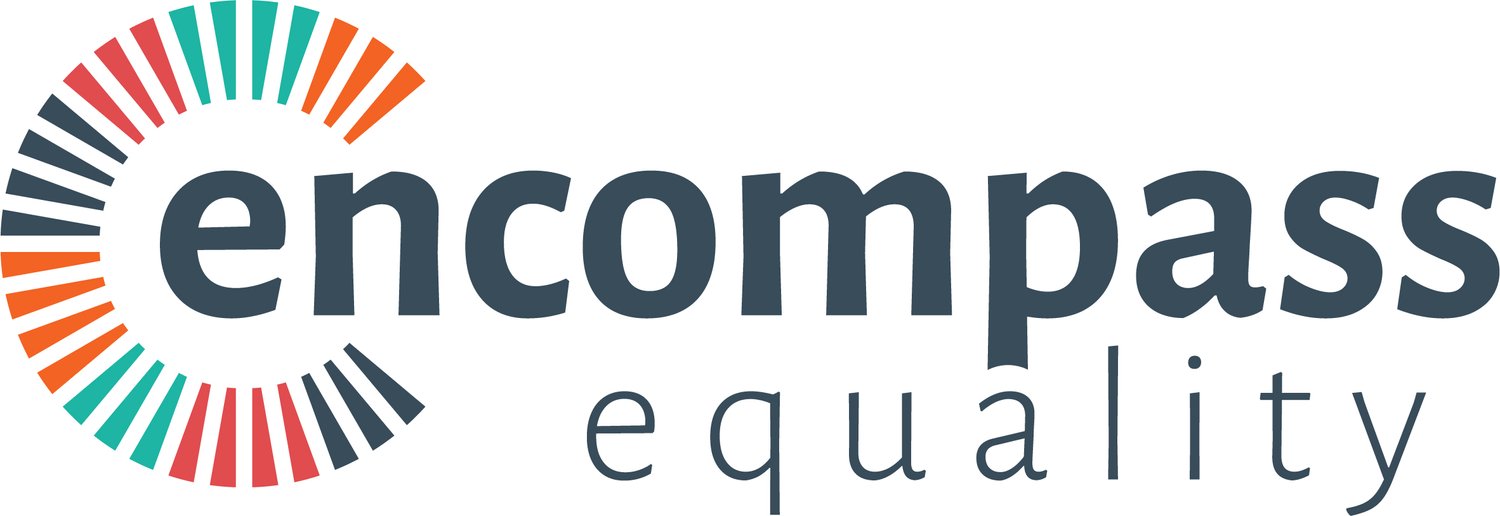Should we focus more on meeting employee needs when considering DE&I strategies?
With so many strategies for improving DE&I to choose from, is it time to ask whether a more process, needs-based - rather than outcome-oriented approach, could be more effective?
What comes first, needs or strategies?
Which are the most effective strategies for fostering more diverse, equitable, and inclusive workplaces? Blind CV screening to reduce unconscious bias? Employee Resource Groups? Allyship and mentoring programmes? Inclusive leadership training? Cultural Competency Initiatives? Diversity metrics tracking? The range of options can be overwhelming. All of these strategies have their place and their merits. All of them require resources, time and effort. Where to prioritise?
But are we putting the cart before the horse? Before we cling too tightly to any particular strategy to achieve a certain outcome, is it worth approaching the drive for DE&I from a different angle?
Process over outcome
As the American Baseball manager and coach Joe Maddon famously said; “If you focus on the process and not the outcome, you’ll have better results.”
When we're so busy looking over there to where we want to get to, we fail to see what's right beneath our feet and the best path to take. This can lead to trips, falls and wasted time.
In terms of DE&I this means when we focus on really seeing how things currently are in our organisation, we get far more meaningful insights as to what is working and what needs to change. And the process of getting where we want to go is where the benefits occur.
Focus on meeting needs
Part of my training and experience is in Non-Violent Communication, or compassionate communication as I prefer to call it. This is an approach to communication and relationships developed in the 1960s by the psychologist Marshall B. Rosenberg. It is designed to facilitate empathetic connection, understanding and conflict resolution enabling individuals to communicate in a way that promotes compassion, collaboration, and mutual respect.
One of the core elements of compassionate communication is to recognise the difference between feelings, needs and strategies - something we routinely confuse. Human needs are universal and can never be in conflict: we all share them. Successfully getting our needs met can only lead to well-being. However, we often cling to certain strategies to get our needs met without fully recognising the underlying need. But when we focus on clarifying the need, we inevitably discover a multitude of other possible strategies that could meet our needs without others feeling compromised.
50/50 gender representation for example is just one strategy that could meet the needs of an organisation but does it actually meet the needs of individuals within it? Do we even know what those needs are? What are we currently doing to meet those needs (or not)? What other strategies could we find that might successfully meet those needs and actually create an even better outcome than the one we conceived?
Listen and learn
In a business environment, the needs of the business might be fairly obvious. These are usually what the company vision and goals make clear. However, if the needs of the business are prioritised over the needs of the people who work there, then you have a recipe for overwork, stress, burnout, turnover, sickness absence, poor performance, lack of loyalty and lack of equity, diversity and inclusion.
It is entirely possible to successfully meet the needs of both the business and its employees, indeed this is what makes for some of the most successful companies. And let me be clear, I am not defining success as biggest or richest. Truly successful companies are not only financially successful but also have satisfied customers and thriving, happy, loyal employees.
But the only way to ensure you are adequately meeting the needs of your employees is to directly ask them. What do they as individuals need to feel happy, motivated and fulfilled at work? Is it work-life balance, flexibility, creativity, autonomy, recognition, trust, connection, rest, support, fairness, training, achievement...? The list goes on. Once these needs have been identified, then, as a team you can explore creative strategies to get those needs met. And in doing so - by going through that process - you will have automatically met their need for being valued, listened to and heard, for empathy and compassion, for inclusion, authenticity and creativity.
If you can meet the needs of your employees, you will inevitably create a culture of equity and inclusion where diversity, and all the benefits it brings, is allowed to flourish.
Where to go from here?
In short, while DE&I targets and metrics have their place, they should serve as guiding principles rather than rigid mandates, allowing room for flexibility, innovation, and authentic engagement in the pursuit of diversity, equity, and inclusion. Targets alone won't necessarily ensure the business achieves what it wants. Does it want be a successful organisation that can achieve its business goals AND all its employees feel valued, respected, and empowered to contribute their unique perspectives and talents? Then perhaps we're better off focussing on a process-orientated approach to meet the needs of employees before committing to any particular strategy.
Identifying out to balance the businesses' needs and those of employees is a skilled and delicate process where professional support can be helpful to ensure it is the positive, inspiring and collaborative exercise it should be, and avoid it turning into a whinge-fest or businesses making promises they can't deliver and setting unrealistic expectations.
If you would like support or advice on how to create an equitable and inclusive culture in your organisation, please do get in touch.

